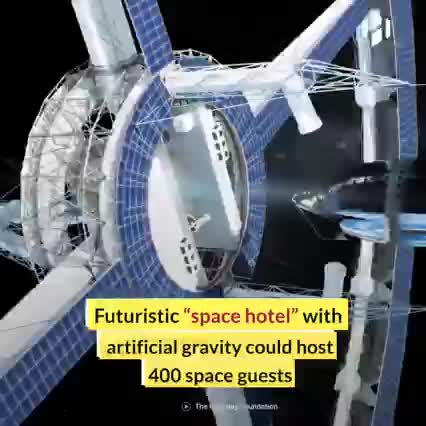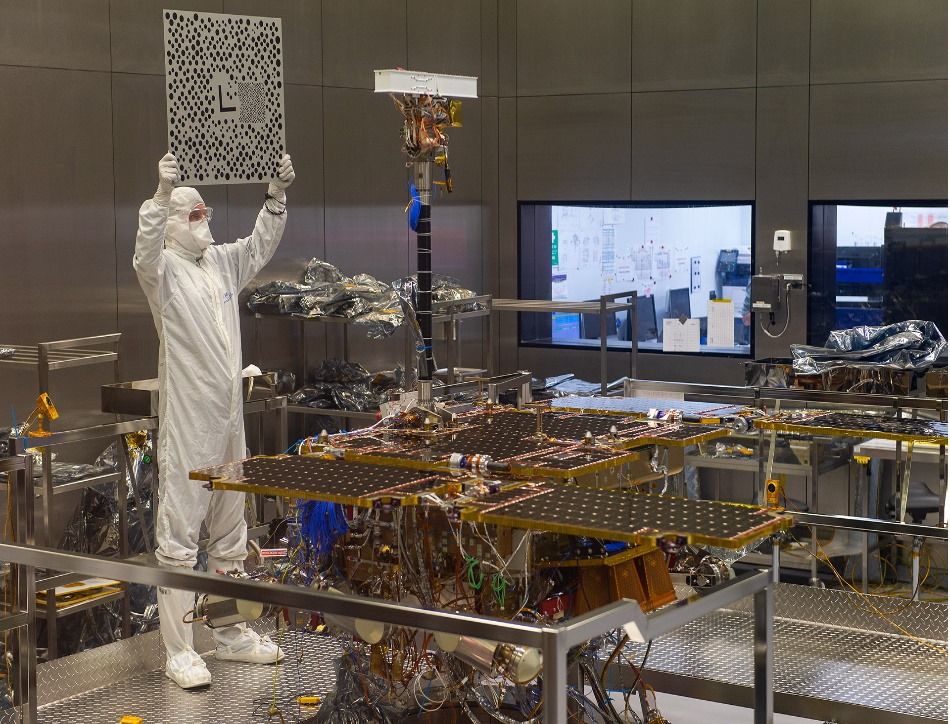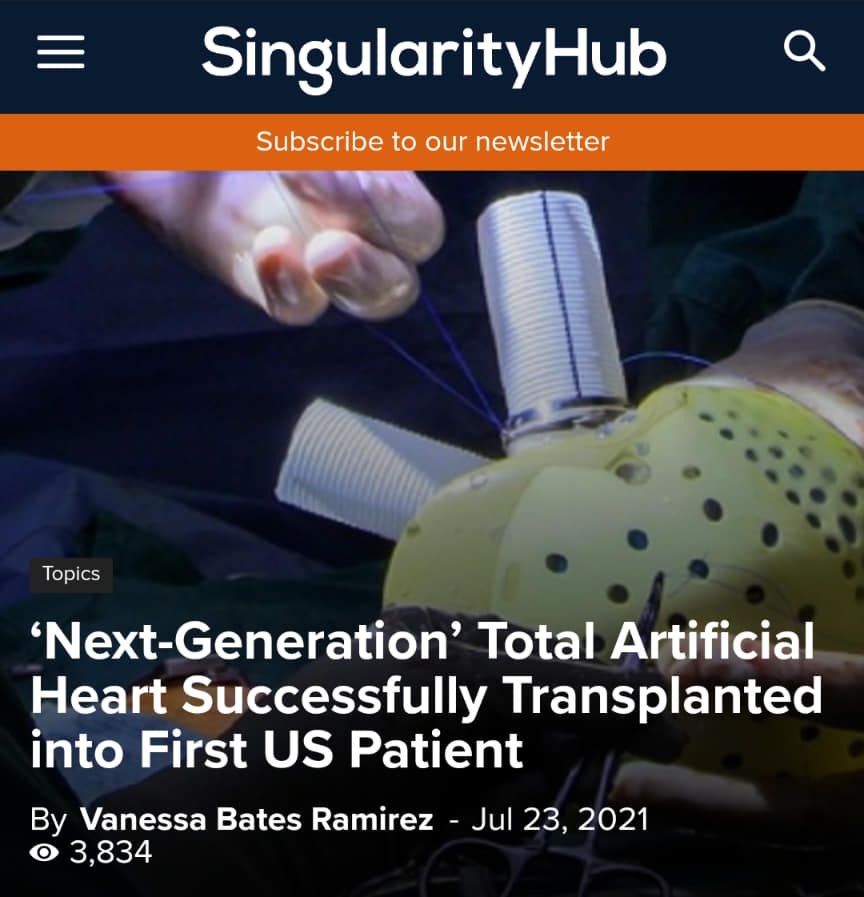
Get the latest international news and world events from around the world.


Engineering ExoMars — Summer Science 2021
Sun, Jul 11
This event is part of Summer Science 2021.
The ExoMars rover is due to launch in 2,022 and will travel across Oxia Planum on Mars drilling for signs of life.
Join Professor John Bridges of the University of Leicester and colleagues to explore the advanced engineering and UK led science behind this exciting mission, and how researchers hope to check if there was once ancient life on Mars.
Welcome to the factory of the future: 360° tour through our wafer fab in Dresden, Germany
🏭🌐 Our new wafer fab in Dresden, Germany, is one of the world’s most modern chip factories. Follow video journalist Nicole Scott through our connected, intelligent factory, where we are manufacturing the building blocks of the connected future. ⬇️
#BoschSiliconDay
Is virtual reality the future of live music? — BBC News
Virtual reality, the future of concerts.
With Covid-19 restrictions stopping live performances some musicians have turned to virtual reality to create new live experiences.
Artists perform in front of a green screen and concerts are broadcast to an audience wearing VR headsets.
So will this be the future of music?
Please subscribe HERE http://bit.ly/1rbfUog.
The Genius of 3D Printed Rockets
3D printed rockets save on up front tooling, enable rapid iteration, decrease part count, and facilitate radically new designs. For your chance to win 2 seats on one of the first Virgin Galactic flights to Space and support a great cause, go to https://www.omaze.com/veritasium.
Thanks to Tim Ellis and everyone at Relativity Space for the tour!
https://www.relativityspace.com/
https://youtube.com/c/RelativitySpace.
Special thanks to Scott Manley for the interview and advising on aerospace engineering.
Check out his channel: https://www.youtube.com/user/szyzyg.
▀▀▀▀▀▀▀▀▀▀▀▀▀▀▀▀▀▀▀▀▀▀▀▀▀▀
References:
Benson, T. (2021). Rocket Parts. NASA. — https://ve42.co/RocketParts.
Boen, B. (2009). Winter Wonder: Rocket Icicles. NASA. — https://ve42.co/EngineIcicles.
Hall, N. (2021). Rocket Thrust Equation. NASA. — https://ve42.co/RocketEqn.
Hershey And Chase Experiment | Discovery Of DNA As Genetic Material
This video explains hershey and chase experiment | discovery of DNA as genetic material.
Thank You For Watching.
Please Like And Subscribe to Our Channel: https://www.youtube.com/EasyPeasyLearning.
Like Our Facebook Page: https://www.facebook.com/learningeasypeasy/
Join Our Facebook Group: https://www.facebook.com/groups/460057834950033
Support Our Channel: https://www.patreon.com/supereasypeasy

A year in, NASA’s Perseverance rover is still searching for the secrets of Mars’ history and future
In July of 2,020 three countries launched missions to Mars to study its geology and atmosphere, and find any evidence of life. NASA’s Perseverance rover and Ingenuity helicopter, China’s Tianwen-1 rocket, and the UAE’s Hope probe are all accomplishing their missions in different ways, but the ultimate goal’s the same: to prepare for eventual human missions to the red planet.

Space Station Crew Answers Questions From New York State Students
Expedition 65 — NASA Astronaut Megan McArthur and ESA Astronaut Thomas Pesquet answer questions from the Children’s Museum of Saratoga.